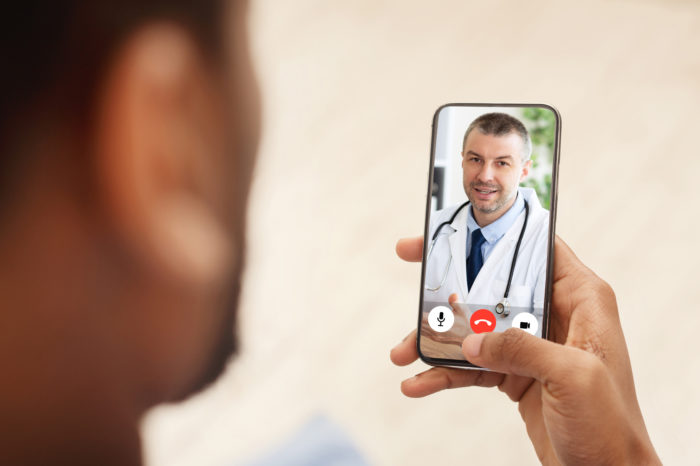Making Telemedicine Work for Underserved Communities
June 21, 2021
The very patients who stand to benefit most from telemedicine aren’t, recent studies suggest. Now, gaps in access are calling for creative solutions.

Underserved Communities & Telemedicine Access
Research shows that patients from communities of color are less likely to use telemedicine. Older patients and those with limited English proficiency are also less likely to embrace the technology.
The trend could compound existing health disparities.
Low-income patients and communities of color often face more barriers to in-person care – challenges such as transportation issues, affordable childcare and lack of paid time off. Communities of color are also disproportionately affected by chronic diseases such as diabetes and hypertension, which require routine checkups.
Innovative Initiatives
The solution lies in part with innovative approaches such as those piloted by George Washington University dermatologist Adam Friedman, MD.
Dr. Friedman received a grant to establish a telemedicine community health desk in Washington, D.C. The outpost will be set up in a church, where local patients suffering with atopic dermatitis can stop in for a virtual visit.
Friedman is optimistic that his community-based approach can be replicated by other specialists to provide access to patients who either don’t have technology or telehealth literacy. An estimated one in four Americans may not have the necessary digital literacy skills or access to smartphones, computers or internet that are necessary to participate in a virtual visit with their health care provider.
“As the practice of medicine evolves, we have to evolve with it,” said Friedman, “We can’t let the absence of technology or broadband internet access deepen health disparities.”
Across the country in San Francisco, primary care clinicians from an academic medical center with three community clinics and an urban safety-net practice are also taking action to close the digital divide.
In addition to providing health care services, they are offering digital literacy training, helping patients obtain low- or no-cost devices and secure internet services. And, they have taken a patient-centered approach by providing these services in multiple languages.
Telemedicine has the potential to positively impact population health. Realizing that potential, however, will hinge on closing the digital gaps that unduly affect underserved communities.
Tags: TelehealthCategorized in: Blog

